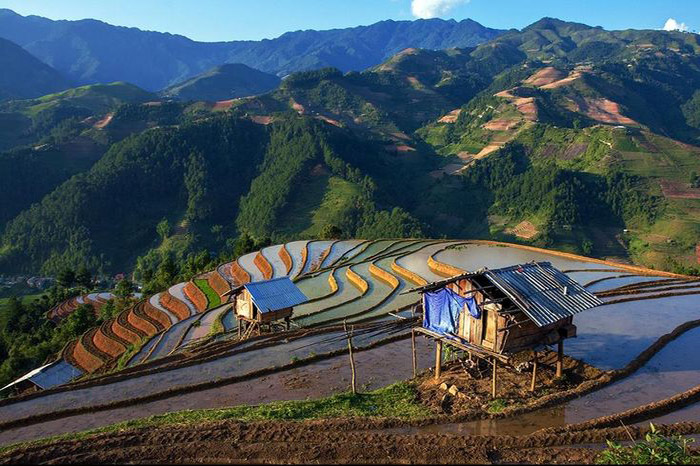
Trekking Vietnam: Where to trek in Vietnam?
- on Nov 19, 2023 By: Ngoc Nguyen
Hiking is the favourite sporting activity of our Westerner friends. Since the pandemic, hiking has never been more desirable. If our Westerner hiker friends are looking for an attractive destination for hiking but also for trekking which extends over several days and is of a higher level, Vietnam is one of the best destinations in Southeast Asia for the practice of this activity rich in discoveries, encounters and emotions.
Northern Vietnam, a true paradise for trekkers
This vast territory of medium and high mountains but also of rugged karst reliefs is truly the most spectacular of the three regions for trekking in Vietnam. It is a territory of great beauty, kingdom of numerous ethnic minorities fiercely attached to their ancestral traditions. In the North of Vietnam, there are two very different regions but which offer fabulous hiking and trekking trails and many opportunities to stay with locals.
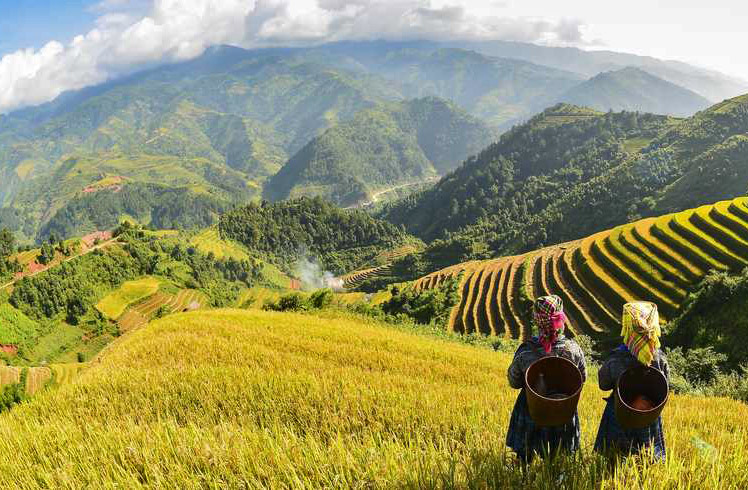
Northwest Mountain
We find more alpine landscapes even if here and there some sugar loaf forests emerge like in Hang Khia and like in the Pu Luong nature reserve, two beautiful destinations for hiking and trekking with nights in locals' homes, Thai or Muong ethnic group. The great trekking destination in the west of North Vietnam is undoubtedly Sapa. This former colonial-era health resort is the starting point for superb treks through spectacular amphitheatres of rice terraces. There you will meet the Black Hmong and the Red Dao who welcome you for the night and to share great moments of conviviality. It is in this sector that the “roof of Indochina” is located, Fansipan Mountain which peaks at 3143 metres.
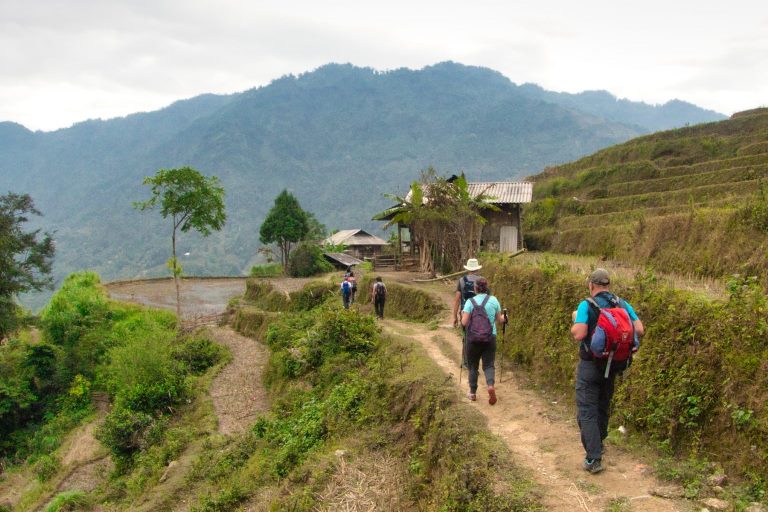
To see magnificent rice terraces while trekking, head towards Mu Cang Chai. In this sector and over nearly a hundred kilometres along the “photographers’ route” there are some of the most beautiful landscapes in Asia with all these rice fields cascading down from the mountains. The Lai Chau province is an off-the-beaten-track destination that offers treks reserved for experienced walkers such as climbing Mount Phu Si Lung. At 3,076 metres above sea level, the peak is the second highest in Vietnam.
Here is a beautiful video of Mu Cang Chai that you absolutely must see:
>> Read more: Tour in the Northwest of Vietnam : Where to go? Which itinerary? What to do? How many days?
Northeast Mountain
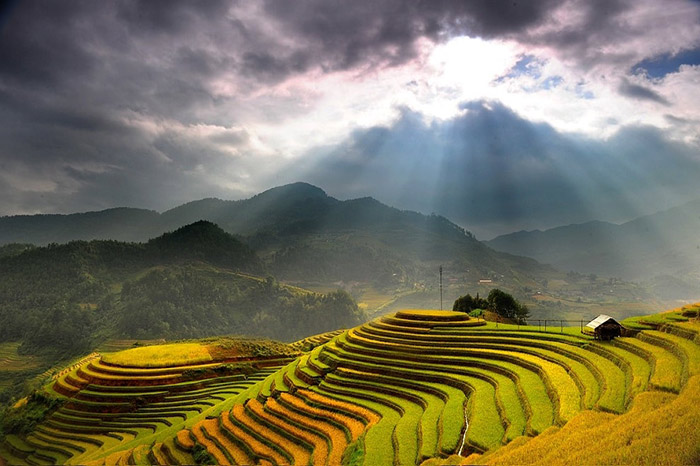
The relief is much more rugged, the landscapes are much more tormented and the rice terraces often give way to a bewitching limestone mess. The exception is Hoang Su Phi which, stretching along the Chinese border, reveals some of the most breath-taking treks in Vietnam. The scenery of the rice terraces is breath-taking! There are many trails that run through them to take you to villages to paint where you are warmly welcomed for the night by the colourful Hmong, Dao, Nung or Tay. Hoang Su Phi is also home to superb ethnic markets and beautiful tea plantations, some of which boast centuries-old tea plants offering exceptional tea.
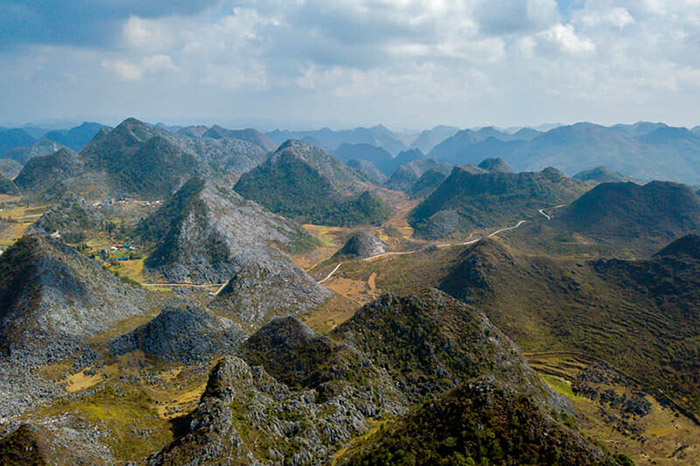
Even further east, we reach the wildest and most dizzying part of Ha Giang province. It is in this sector that the Dong Van limestone plateau geological park is located, a real playground for trekking enthusiasts. By taking aerial paths, you will meet the Hmong people who live in this hallucinatory mineral universe and discover some of the most beautiful markets in Northern Vietnam. To the South, of the spectacular geological park of the Dong Van limestone plateau, there is a natural jewel of Vietnam where you will enjoy trekking: Ba Be national park. There you will find the sincere hospitality of the Tay, Nung and Hmong. Still further South, following the Chinese border as if to go to the Gulf of Tonkin, setting of the magical Halong Bay, you enter the province of Cao Bang. An incredible area for hiking and trekking through an ocean of limestone peaks, sugar loaves and other bizarre mountains.
>> Read more: Tour in the North-East of Vietnam : Where to go? Which itinerary? What to do? How many days?
Central Vietnam
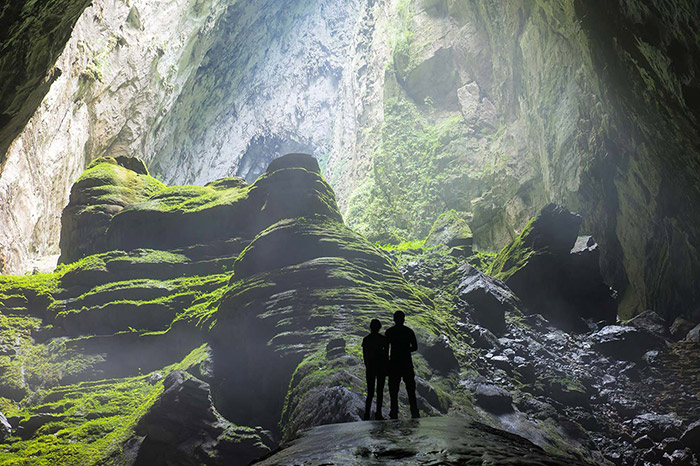
Less mountainous, less spectacular than the North, the Centre offers some great hiking and trekking opportunities, particularly in the fabulous Phong Nha Ke Bang national park, listed by UNESCO. There you will have the opportunity to discover one of the most impressive cave systems in the world which houses the Soon Doong cave, the largest in the world. In the Centre, you also have the opportunity to go trekking in the Central Highlands, a mystical region, cradle of ancient peoples of Indochina. There you will find magnificent national parks and some of the most beautiful Vietnamese local products such as tea, cashew nuts, pepper and especially coffee.
Southern Vietnam
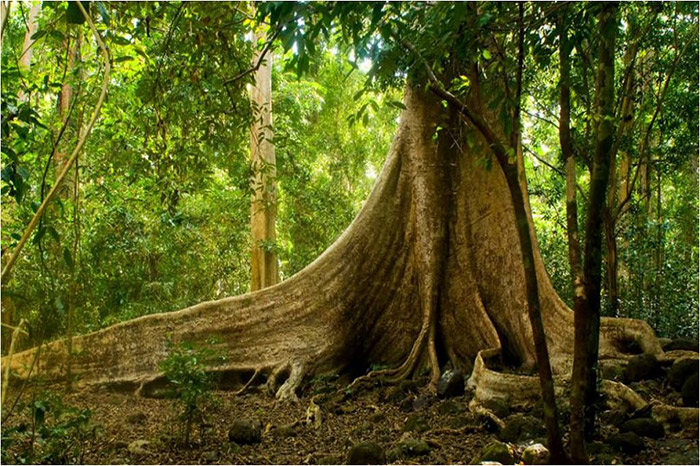
Very flat, the South of Vietnam is not a trekking destination in itself. The exception is Nam Cat Tien National Park located 170 kilometres north of Ho Chi Minh City. Listed as a biosphere reserve by UNESCO, the park is home to more than 1,600 floral species, 105 mammal species, 351 bird species and 120 reptile species. A superb trek in perspective in the heart of one of the most beautiful nature sanctuaries in Vietnam.
Related articles:
>> Vietnam tour 12 days: What to visit in Vietnam in 12 days?
 Español
Español Français
Français







.jpg)
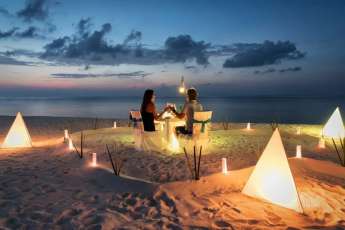
.jpg)
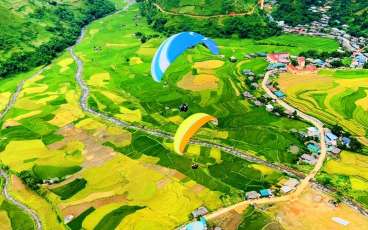
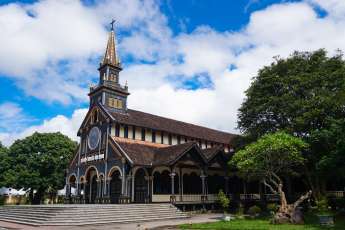
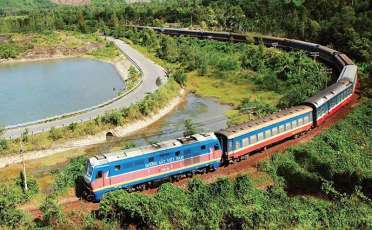







Morgane Ter Cock
on Dec 18, 2025HerbertPhomaMS
on Oct 19, 2025Lilyan Cuttler
on Oct 15, 2025Avenue17XC
on Sep 14, 2025Avenue18JL
on Jul 21, 2025